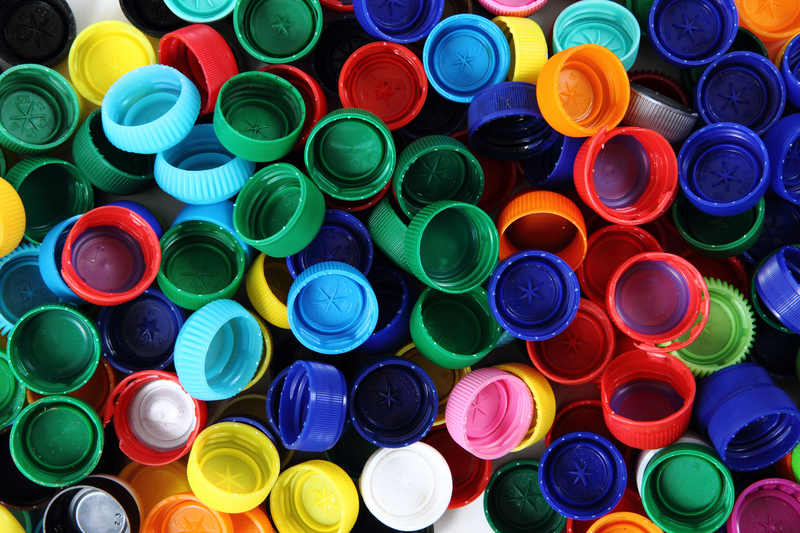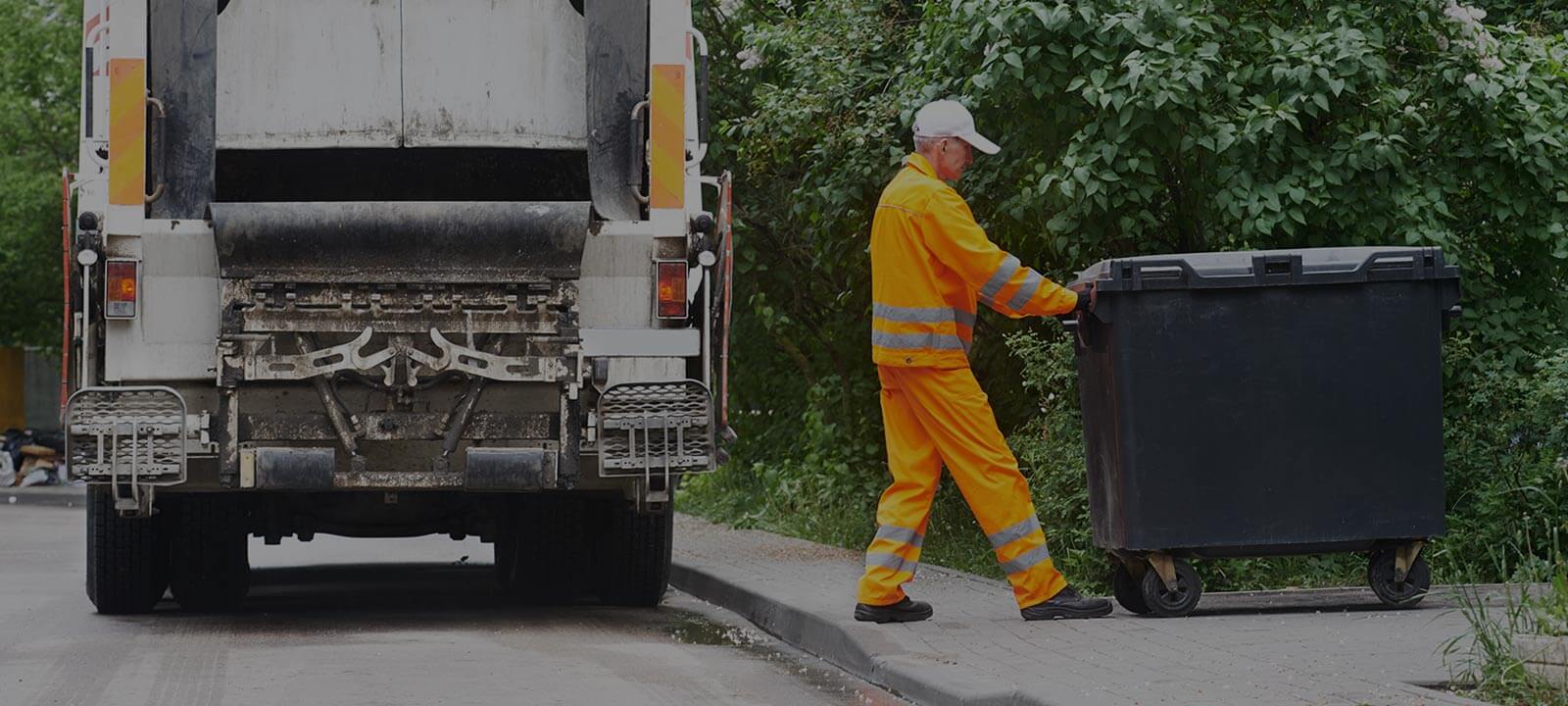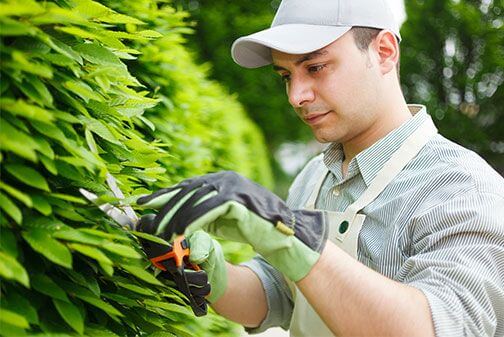Efficient Waste Categorization Methods
Posted on 25/01/2025
In today's world, the efficient categorization of waste has become crucial for enhancing recycling processes and promoting sustainable waste management practices. With growing environmental concerns, it is essential to adopt and implement effective waste categorization methods. This article delves into some of the best practices and methods employed for the efficient categorization of waste.
Why Waste Categorization is Important
Waste categorization is essential because it helps in identifying the types of waste generated, ensuring their proper disposal and recycling. It enhances resource recovery and reduces the environmental impact of waste. By implementing effective waste categorization methods, we can reduce landfills, conserve resources, and promote a cleaner environment.

Common Waste Categorization Methods
Several waste categorization methods are used globally, ranging from simple sorting to advanced technological solutions. Below are a few common and efficient methods:
Manual Sorting
Manual sorting involves the physical separation of waste by human workers. Workers are trained to identify and separate different types of waste such as paper, plastic, metal, and organic waste. Although labor-intensive, manual sorting is effective in ensuring high purity levels in sorted materials.
Automated Sorting Systems
Automated sorting systems use advanced technologies like optical sorters, magnetic separators, and air classifiers. These systems rapidly and accurately sort waste based on material type, size, and other characteristics. Automated sorting increases efficiency and reduces the need for manual labor.
Source Separation
Source separation involves categorizing waste at the point of generation. Households and businesses are provided with multiple bins for different waste types. This method promotes recycling and ensures higher quality of recyclable materials. Source separation requires public awareness and cooperation.
Single-Stream Recycling
In single-stream recycling, all recyclable materials are collected in a single bin without separation. The collected waste is later sorted at a Materials Recovery Facility (MRF). While convenient for residents, single-stream recycling can result in contamination, making sorting more complex.
Biodegradable and Non-biodegradable Categorization
This method involves separating waste into biodegradable and non-biodegradable categories. Biodegradable waste, such as food scraps and garden waste, can be composted or processed into biogas. Non-biodegradable waste, like plastics and metals, is sent for recycling or proper disposal.
Pros and Cons of Waste Categorization Methods
- Manual Sorting
- Pros: High purity levels, flexibility.
- Cons: Labor-intensive, costly, slow process.
- Automated Sorting Systems
- Pros: High efficiency, fast, reduces labor cost.
- Cons: High initial investment, maintenance requirements.
- Source Separation
- Pros: High-quality recyclable materials, promotes public involvement.
- Cons: Requires public education, compliance issues.
- Single-Stream Recycling
- Pros: Convenient for users, higher participation rates.
- Cons: Higher contamination rates, complex sorting process.
- Biodegradable and Non-biodegradable Categorization
- Pros: Simplifies composting and biogas production, easier separation.
- Cons: Requires proper infrastructure, user awareness.
Tips for Efficient Waste Categorization
- Educate the public about the importance and methods of waste categorization.
- Provide clear and accessible infrastructure for waste segregation.
- Encourage households and businesses to adopt source separation practices.
- Invest in innovative technologies for automated sorting systems.
- Regularly monitor and evaluate the efficiency of waste categorization methods.

Takeaways
Efficient waste categorization plays a critical role in promoting sustainable waste management practices. By adopting methods such as manual sorting, automated sorting systems, source separation, and biodegradable/non-biodegradable categorization, we can enhance recycling processes, reduce environmental impact, and conserve resources.
Conclusion
Implementing efficient waste categorization methods is essential for managing the increasing volumes of waste generated globally. By embracing best practices and innovative technologies, we can make significant strides toward a sustainable future. Educating the public and ensuring their participation are vital for the success of these methods. Together, we can achieve a cleaner and greener planet through effective waste categorization.






